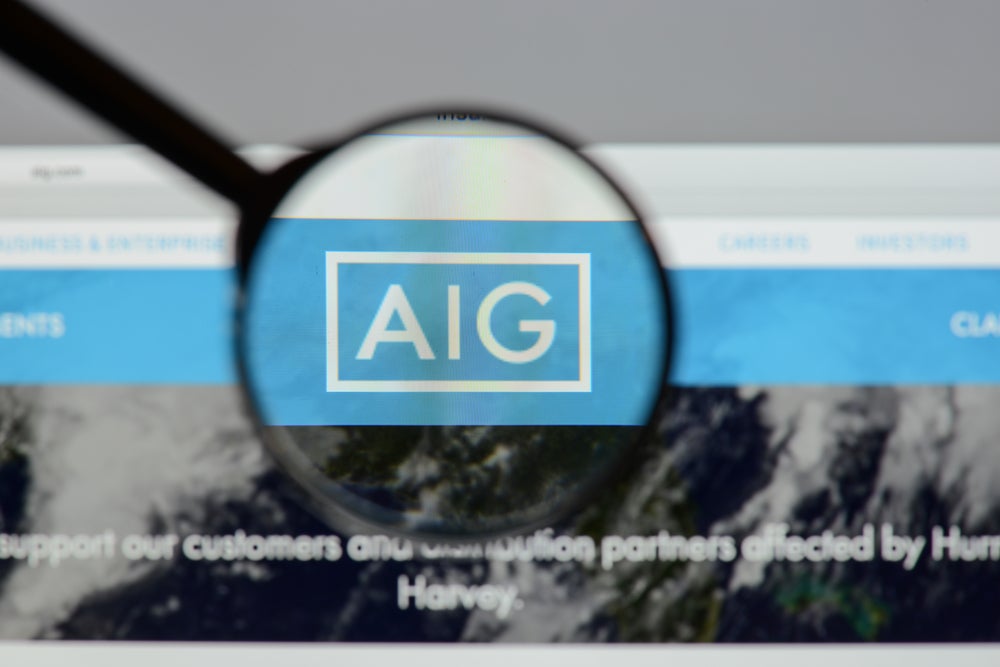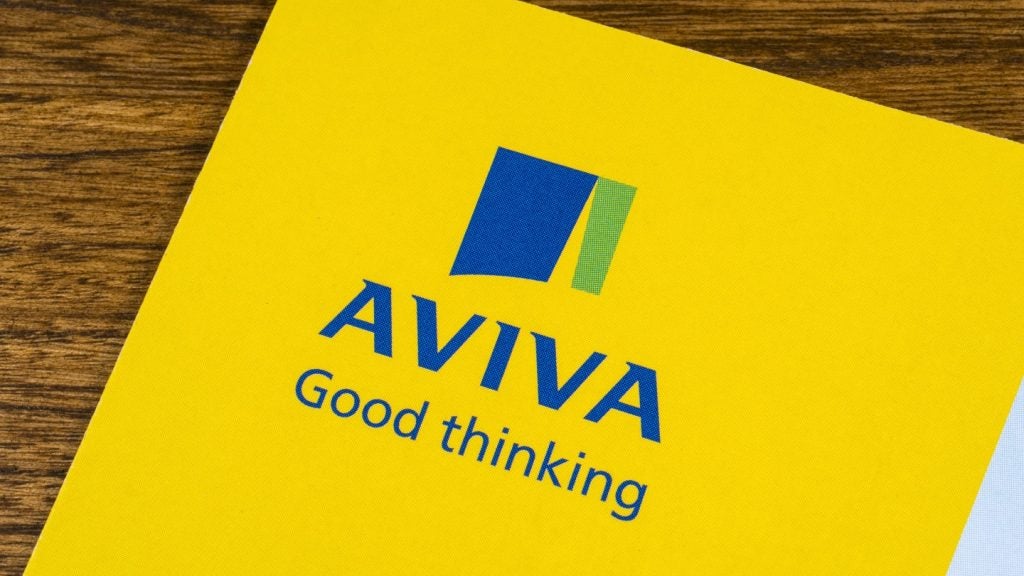Though he has avoided prosecution,
Joseph J Cassano, the former head of American International Group’s
Financial Products (AIG-FP) unit, is still fighting to restore his
reputation, tarnished by what is seen as his pivotal role in the US
insurer’s near-collapse.
Write-downs related to credit default swaps
(CDS) on subprime mortgage collateralised debt obligations (CDO)
written by AIG-PF precipitated AIG’s financial woes, which first
came to light in the fourth quarter of 2007, and eventually led to
a $180bn bailout.
On 30 June, Cassano, who until as late as
September 2008 received a $1m monthly consulting fee from AIG, put
his side of the story to the Financial Crisis Inquiry Commission –
a 10-member bipartisan commission created under the Fraud
Enforcement and Recovery Act of 2009.
“Often repeated are my words during an earnings
call in August 2007 that I did not expect any realised, economic
losses – as opposed to unrealised accounting losses – on this [CDS]
portfolio,” said Cassano in his written submission.
“I meant exactly what I said in August
2007.
“The underlying loans in the CDOs were
diversified, and we insured only the super-senior tranche, which
always had an AAA layer of loans below it.”
How well do you really know your competitors?
Access the most comprehensive Company Profiles on the market, powered by GlobalData. Save hours of research. Gain competitive edge.

Thank you!
Your download email will arrive shortly
Not ready to buy yet? Download a free sample
We are confident about the unique quality of our Company Profiles. However, we want you to make the most beneficial decision for your business, so we offer a free sample that you can download by submitting the below form
By GlobalDataReferring to a question posed by a commission
member on approval and monitoring of AIG-FP’s CDS portfolio,
Cassano said: “The approval process had several stages, and the AIG
parent organisation reviewed every single transaction under its
promulgated standards.”
He continued that the first stage in the
approval process was done by AIG-FP which performed an analysis of
all proposed deals. After that initial review, University of
Pennsylvania Professor Gary Gorton, who served as a consultant to
AIG-FP, worked with AIG-FP analysts to refine the deal
structure.
Systems in place
Gorton, said Cassano, used a
“sophisticated actuarial model” ensure a proposed deal was
fundamentally sound and was designed to minimize risk to
AIG-FP.
Pointing blame further up the AIG hierarchy,
Cassano said after AIG-FP reviewed a transaction, it could not be
executed without AIG’s specific review and approval.
AIG’s credit risk officer, part of AIG’s Credit
Risk Committee (CRC) which in turn was part of AIG’s Enterprise
Risk Management group, first reviewed the transaction.
The CRC, said Cassano, consisted of many of
AIG’s most senior and experienced employees, including its CFO,
head of enterprise risk, chief credit officer, vice president for
financial services, and the vice chairman for investments.
“Virtually every deal, including all CDS
transactions above $250m, required the CRC’s approval,” said
Cassano. He added that “the rare transaction” with a net notional
exposure of more than $5bn also required approval from either AIG’s
CEO or chief risk officer.
After AIG approved a transaction, Cassano said
AIG-FP continued its diligence throughout the deal’s lifetime by
conducting “rigorous reviews” to identify unanticipated risk, and
that the portfolio was then reviewed every month.
Cassano stressed that AIG-FP stopped writing
CDS protection on CDOs with subprime collateral in 2006.
This followed warnings in mid-2005 from
AIG-FP’s head trader who was concerned that changes in the subprime
mortgage market may have meant more risk in new deals compared to
those executed in previous years.
Also testifying before the commission was
Martin Sulivan, AIG’s former CEO, and chief risk officer John Lewis
who since his appointment in 2004 been responsible for AIG’s
enterprise risk management.
Defending AIG’s risk management, Sullivan
stressed: “When I look back at my tenure I believe that AIG’s risk
management practices were well-designed, well-staffed, and
well-funded”
For his part, Lewis supported Cassano’s
contention that AIG’s risk management processes were up to scratch.
AIG-FP wrote its first CDF in 1998 and “for years things worked out
as FP’s model had predicted,” said Lewis.
But as with all models they are only as good as
the assumptions fed into them.
“As it turned out, we were wrong about how bad
things could get,” conceded Lewis. “What ended up happening
was so extreme it was beyond anything we had planned for.”







